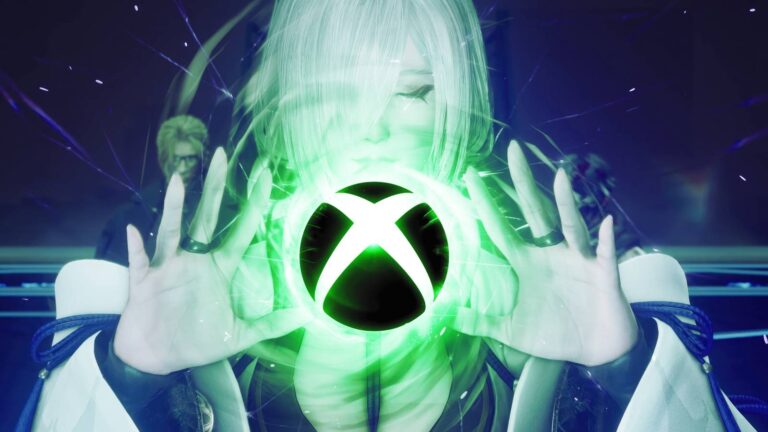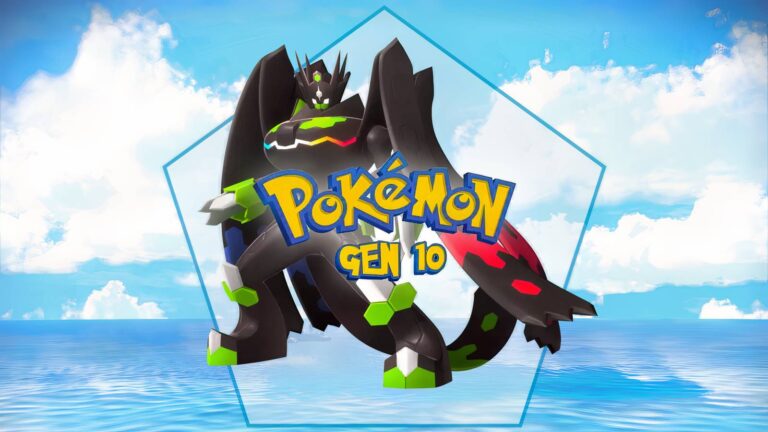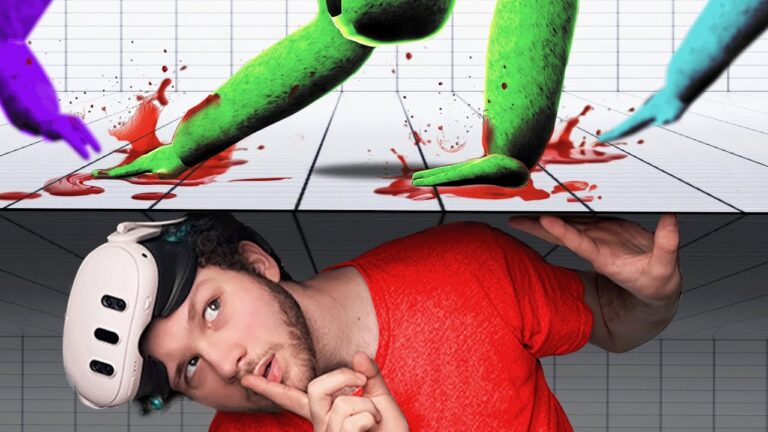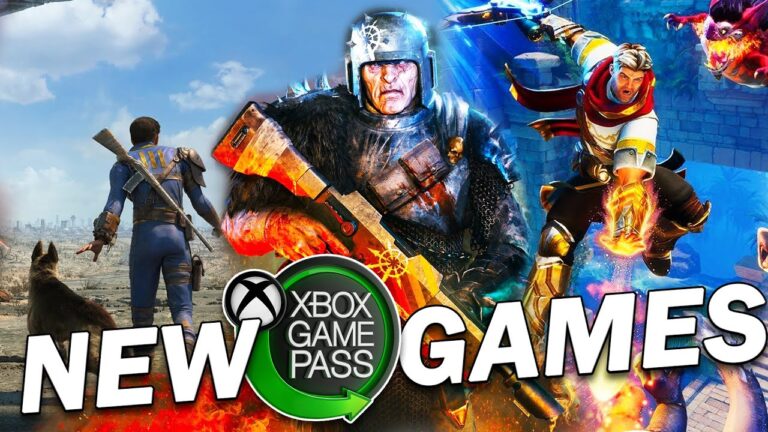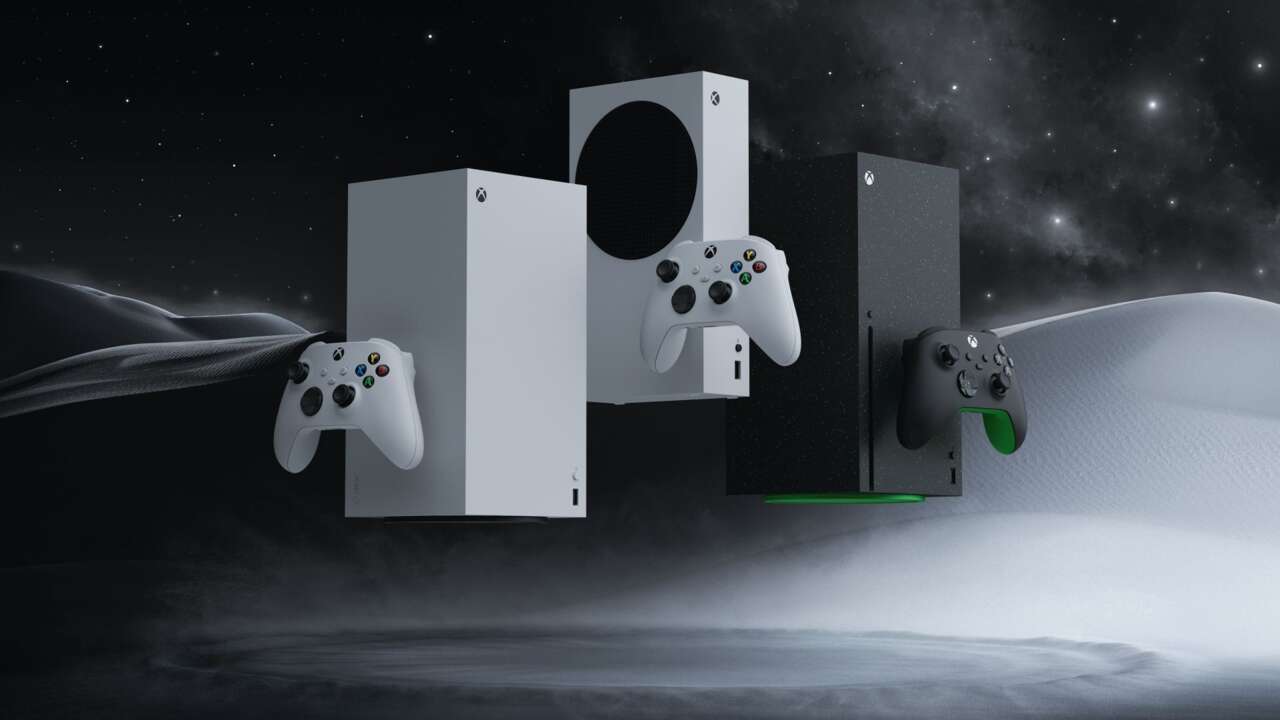
Xbox’s Design Head posted on LinkedIn about the current generation of Xbox wrapping up. That could mean a lot of things, so we can’t read much into it. Given the timing though, it makes sense that Microsoft is thinking about what’s next. Here’s what was said, and what’s happening with Microsoft’s gaming division these days, to help us make sense of the situation.
“As we wrap up this journey with the Xbox Series X and Series S, the mission behind these consoles echoes everything I’ve learned over 30 years–to create technology that’s powerful, purposeful, and beautifully integrated into people’s lives,” wrote Carl Ledbetter, Partner Head of Design at Xbox.
“Xbox is about fun and playing games,” he continued. “The console, the controller, the headset, all of the devices become a reflection of the people who make them, but more importantly, of the people who choose to purchase and use them. These products matter to people.”
This isn’t exactly big news if you’ve been paying attention to the clues Microsoft has been sprinkling around, but it’s the first time someone from Xbox has specifically spoken about sunsetting the consoles. Microsoft has spent the better part of the last year insistently telling us that “This is an Xbox,” while holding up various household appliances and electronics to show us how broad–or meaningless–the definition of the word Xbox is.
Microsoft also talked in June about how it’s partnering with AMD to “co-engineer silicon across a portfolio of devices, including future first-party consoles and cloud.”
For a good 25 years or so, there was a pretty steady cadence of consoles releases every five-or-so years. When a new one came along, it felt like a big deal, especially during the days when a new released doubled gaming’s available bits, or unlocked a then-unexplored third dimension. But console generations have been getting longer and longer since the Xbox 360 and PlayStation 3. That generation and the next both lasted about seven years each.
And indeed, it feels like console makers have barely tapped the power of their consoles. Games take longer to make, and are increasingly made using similar development tools, so innovations don’t come as quickly as they used to. But Microsoft has also been at a significant disadvantage this generation, the same way it was with the Xbox One; information pieced together from Sony’s advertised sales numbers and analyst estimates of sold systems suggest Sony has moved twice as many PlayStation 5s as Microsoft has sold Xbox Series X and S consoles.
With Microsoft lagging in sales and broadening the definition of what it wants players to consider an Xbox portal, it seems like the company is downplaying the importance of a core first-party console moving forward. Even its announced partnership with AMD, which mentions first-party consoles, also mentions a “portfolio of devices.” Former PlayStation exec Shawn Layden said just last week that Microsoft “is in that same sort of fork in the road” that Sega reached toward the end of the short life of the Sega Dreamcast.
With all that said, “wrap up” is a pretty difficult phrase to define here. Microsoft has made an effort to make its software cross-generational since the Xbox One. Announced games will still be compatible with the Xbox Series consoles, and future, unannounced ones likely will, too.
Wrapping up a console generation is also a thing that takes years. From the perspective of a Head of Design like Ledbetter, there’s probably not much to do with the Xbox Series consoles at this point. After all, they’re already designed. New chips and consoles, on the other hand, take years to design, and Ledbetter, who wrote his “journey is far from over,” probably has a lot more to do with that unannounced hardware right now.
